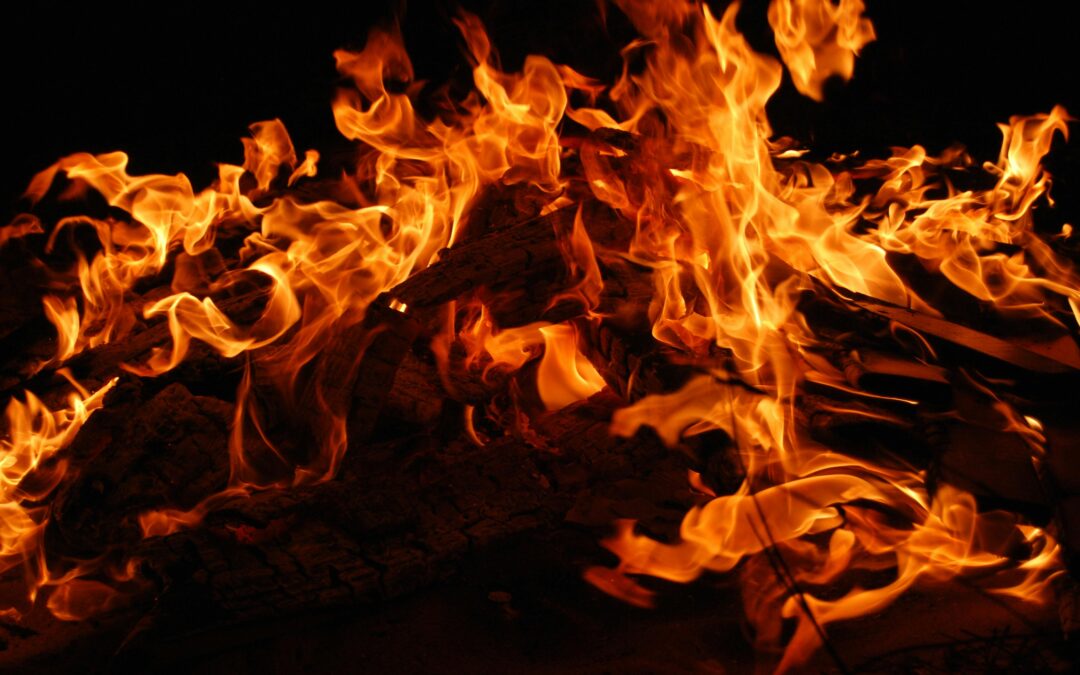This week, our consultants are discussing why fire risk assessments are needed in facilities storing and handling ammonium nitrate fertilizers.
Fertilizers are commonly used in agriculture because of its efficiency in enhancing plant growth and they are produced in manufacturers from Ammonium nitrate (AN). Ammonium nitrate is a highly reactive chemical, and under certain conditions, it can become explosive. Fires near ammonium nitrate can trigger violent explosions, which may lead to significant damage, injuries, and loss of life. High-profile disasters, such as the explosion at Oppau in 1921, which killed 561 people, and that in Texas City in 1947, in which 522 died, emphasizes the catastrophic risks associated with ammonium nitrate.
Ammonium nitrate based fertilizers can contain more than 28% nitrogen or less than of that. Fertilizers that contain 28% or less nitrogen do not normally present an explosion hazard. So, this article includes only manufacturers that store Ammonium Nitrate containing fertilizers with more than 28% Nitrogen.
Characteristics of Ammonium Nitrate in a fire
Ammonium nitrate has a melting point of 170°C and decomposes above 210°C. It is not in itself combustible but, as it is an oxidizing agent, it can facilitate the initiation of fire and intensify fires in certain materials. In a fire, AN will melt and decompose with the release of toxic fumes. When some types of ammonium nitrate fertilizers are heated they undergo a smoldering decomposition that can spread throughout the mass to give substantial toxic fumes.
What factors contribute to fires?
Contamination of ammonium nitrate (AN) with incompatible materials like combustibles, organics, or other reactive substances increases the risk of explosion. Although AN will not explode from friction or impact during regular handling and blending, it can explode under intense heat, confinement, or strong shock. In a fire, molten pools of AN can form, and if these become trapped in confined spaces like drains, pipes, or machinery, the risk of explosion increases, especially if contamination occurs.
What control measures can be taken to minimize the risk of fire from Ammonium Nitrate in manufacturers of fertilizers?
First of all, a risk assessment should be carried out to ensure no materials which are incompatible with AN are stored in the building.
Some of the control measures that can be implemented to reduce the risk of fire are as follows:
- AN should normally be stored in dedicated, well-ventilated, single storey buildings constructed from materials that will not burn, such as concrete, brick or steel.
- Vehicles, fork-lift trucks and mechanical shovels to be kept clean and well maintained to prevent ammonium nitrate coming into contact with fuel, oil or grease.
- Vehicles, fork-lift trucks and mechanical shovels should only be parked in designated safe areas and kept in a clean condition and free from oil leaks.
- Contingency plan in place should any AN materials they are dealing with fail the DRT (Detonation Resistance Testing).
- Equipment used in the handling of ammonium nitrate, such as conveyor belts, should be made of material that does not readily ignite or burn.
- Locate main electrical switches, fuses, etc outside the storage area to minimise the risk of fire.
Although the above control measures can reduce the occurrence of fire in manufacturers of fertilizers, but a specific fire risk assessment is required to ensure that all hazards including electrical or other hazardous substances are identified and suitable procedures and arrangements for fire safety are in place.
If you require consultation on fire safety issues, reach out to our team of consultants here.
For fire safety training and VR fire training click here.

